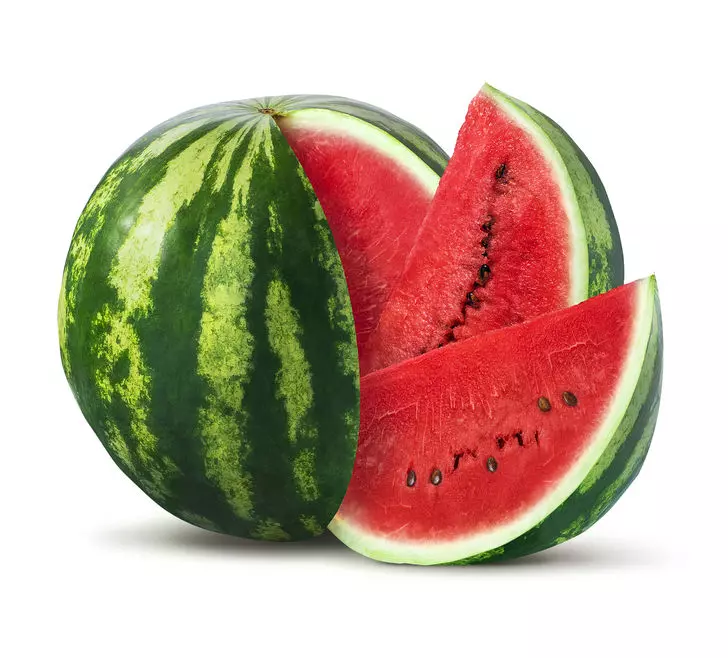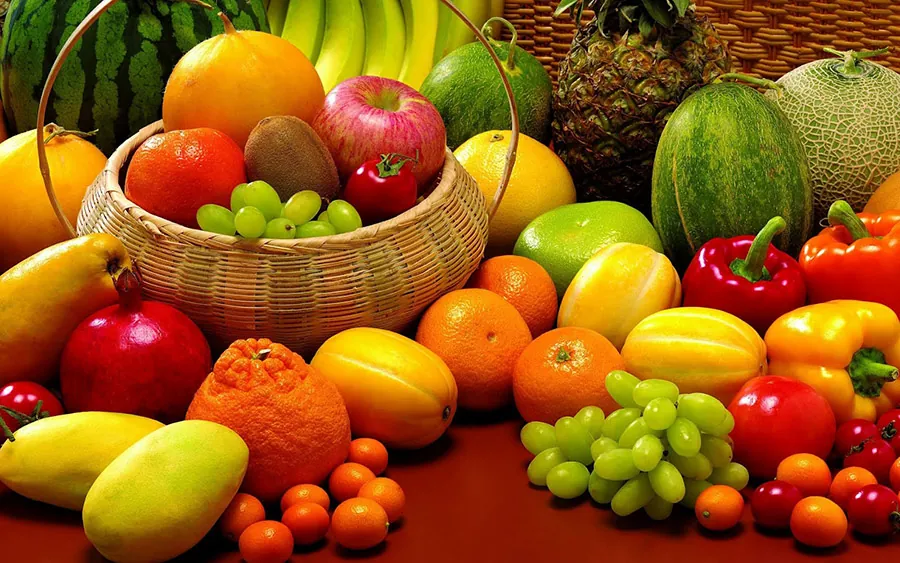Adverts
Not all fruits are as harmless as they seem. Some exotic varieties, although curious and attractive, can pose serious health risks, whether due to dangerous toxins, inadequate preparation methods or even unpredictable allergic reactions. 🍎🍇

In this content, we will explore the most dangerous fruits in the world, those that require extreme care or that, in certain cases, simply should not be consumed.
Adverts
Often found in international markets or mentioned in cultural stories, these fruits can be real traps disguised as exotic delicacies.
You will discover the main dangers hidden in these tropical delights, how to identify the risks and why some of them are considered a threat even by food and health experts.
Adverts
Get ready to be surprised and, of course, protect yourself from potential food traps. 🍂
Knowing this information can make all the difference in maintaining your health and safety, while expanding your knowledge about the fascinating – and dangerous – world of fruits.

Dangerous fruits: when nature can be lethal 🍎☠️
Fruit Fly Amanita: The Ackee Trap
The Akee (Blighia sapida) is Jamaica’s national fruit, but its inviting appearance hides a deadly danger. When ripe, the fruit naturally splits open, revealing its yellow flesh and black seeds. However, eating the fruit before it reaches this stage can be lethal due to the presence of a toxin called hypoglycin A.
Recommended Articles:
This substance directly interferes with glucose metabolism, leading to a condition known as “Jamaican vomiting sickness.” This syndrome can cause symptoms ranging from nausea and vomiting to seizures and, in extreme cases, organ failure and death. For this reason, it is essential that Ackee be prepared with care and only consumed when ripe and properly cooked.
- Main danger: Hypoglycin A poisoning.
- Symptoms: Nausea, vomiting, seizures and severe hypoglycemia.
- Precaution: Make sure the fruit is fully opened and ripe before consumption.
Although considered a traditional and tasty food in some cultures, Ackee requires respect and knowledge to avoid serious consequences.
The fatal mystery of the Manchineel fruit 🌴⚠️
Commonly referred to as the “death tree,” the Manchineel (Hippomane mancinella) produces small green fruits that at first glance resemble an apple. However, every part of this plant is poisonous, including the fruit. Touching or ingesting any part of the tree can result in chemical burns, severe inflammation, and even death if ingested.
The fruit contains extremely potent toxins that irritate the tissues of the mouth, throat and stomach, causing intense pain and breathing difficulties. Interestingly, even standing under the tree during a rainstorm can be dangerous, as water in contact with the toxic sap can cause skin burns.
- Main danger: Chemical poisons present throughout the plant.
- Symptoms: Severe irritation, breathing difficulties and chemical burns.
- Precaution: Never touch or consume this fruit, and stay away from the tree itself.
While fascinating for its lethality, Manchineel is a stark reminder that not everything in nature is safe for human exploitation.

Fruits that hide deadly traps
The intriguing case of the Elderberry: not everything is a cure
Elderberry (Sambucus nigra) is widely known for its medicinal and culinary uses, but there is a dangerous side to this plant that often goes unnoticed. Both the unripe berries and other parts of the plant contain cyanogenic glycosides, substances that can release cyanide in the human body.
While ripe fruits are generally safe after cooking, consuming the raw berries or the twigs, leaves, and seeds can lead to symptoms such as nausea, vomiting, diarrhea, and even severe poisoning.
- Main danger: Presence of cyanogenic glycosides.
- Symptoms: Gastrointestinal disturbances and, in severe cases, cyanide toxicity.
- Precaution: Only consume ripe fruit and always cook it.
Elderberry is a prime example of how improper food preparation can turn something healthy into a potential hazard.
The Jatropha Drama: A Fruit That Is Not Food
Commonly found in tropical regions, Jatropha (Jatropha curcas) is a shrub that produces attractive but highly poisonous fruits. It contains a toxin called curcin, which can cause a range of dangerous symptoms when ingested, from abdominal pain to kidney and liver failure.
Although the plant is used for other purposes, such as the production of biodiesel, human consumption is highly discouraged due to its toxic potential. In fact, children are particularly vulnerable to the poison, as they may be attracted by the bright and colorful appearance of the fruits.
- Main danger: Curcin poisoning.
- Symptoms: Abdominal pain, vomiting, diarrhea and kidney failure.
- Precaution: Avoid any contact or consumption of the plant.
Jatropha reinforces the importance of educating the population about the hidden dangers in seemingly harmless plants.
Fruits that look harmless but have devastating effects
The Yew Mystery: A Silent Trap
The yew (Taxus baccata) is a common ornamental plant in gardens, but its seeds and leaves contain a toxin called taxine, which interferes with the cardiovascular system and can cause arrhythmias and sudden death. Interestingly, the red pulp of the fruit is considered non-toxic, but the internal stone is highly dangerous.
This combination of visual appeal and toxicity makes Yew especially dangerous, especially for children and animals who may consume the fruit without knowing the risks. It is worth remembering that there is no specific antidote for taxine poisoning, making prevention essential.
- Main danger: Toxins that affect the cardiovascular system.
- Symptoms: Nausea, dizziness, arrhythmias and sudden death.
- Precaution: Avoid consuming the fruits and keep the plant out of the reach of children.
Although fascinating from a botanical point of view, the yew is a clear example of how treacherous nature can be.
The Durian Hoax: Not Dangerous, But Controversial 😷
Although durian (Durio zibethinus) is not poisonous, it deserves an honorable mention for its indirect risks. Its extremely strong and unpleasant smell can cause adverse reactions in sensitive individuals, and there are reports that consumption combined with alcohol can cause severe digestive problems and even circulatory collapse in rare cases.
Furthermore, its hard, thorny shell can cause serious injuries when opening it, making it necessary to use appropriate tools. Despite this, durian is widely consumed in Southeast Asian countries, where it is considered the “king of fruits”.
- Main danger: Physical risks and reactions to strong odors.
- Symptoms: Nausea, gastric discomfort and injuries when handling.
- Precaution: Handle with care and avoid combining with alcohol.
While not lethal, durian is a prime example of how cultural perceptions can transform a controversial fruit into a gastronomic icon.

Conclusion
Conclusion: Always be aware of what you consume! 🧐🍎
Exploring the world of fruits can be a fascinating and delicious experience. However, as we have discussed throughout this article, it is essential to be aware of the risks that some of them can present. Fruits such as ackee, the paradise jackfruit and even the seeds of common fruits such as apples or cherries contain toxic components that can pose serious health risks when consumed inappropriately. 🌿
Therefore, knowledge is key to ensuring your food safety. Before trying an unknown fruit, research it, check its properties and learn how to consume it safely. After all, gastronomic curiosity should not compromise your health. 🍽️✨
By making informed choices, you will not only be protecting your well-being, but also promoting a more conscious and healthy relationship with food. Remember: not everything that is natural is automatically safe. The important thing is to find a balance between exploring new things and preserving your health. 😉
Did you like the content? Share this article with your friends and family! This way, you help spread valuable information and contribute to everyone's safety. 🛡️



